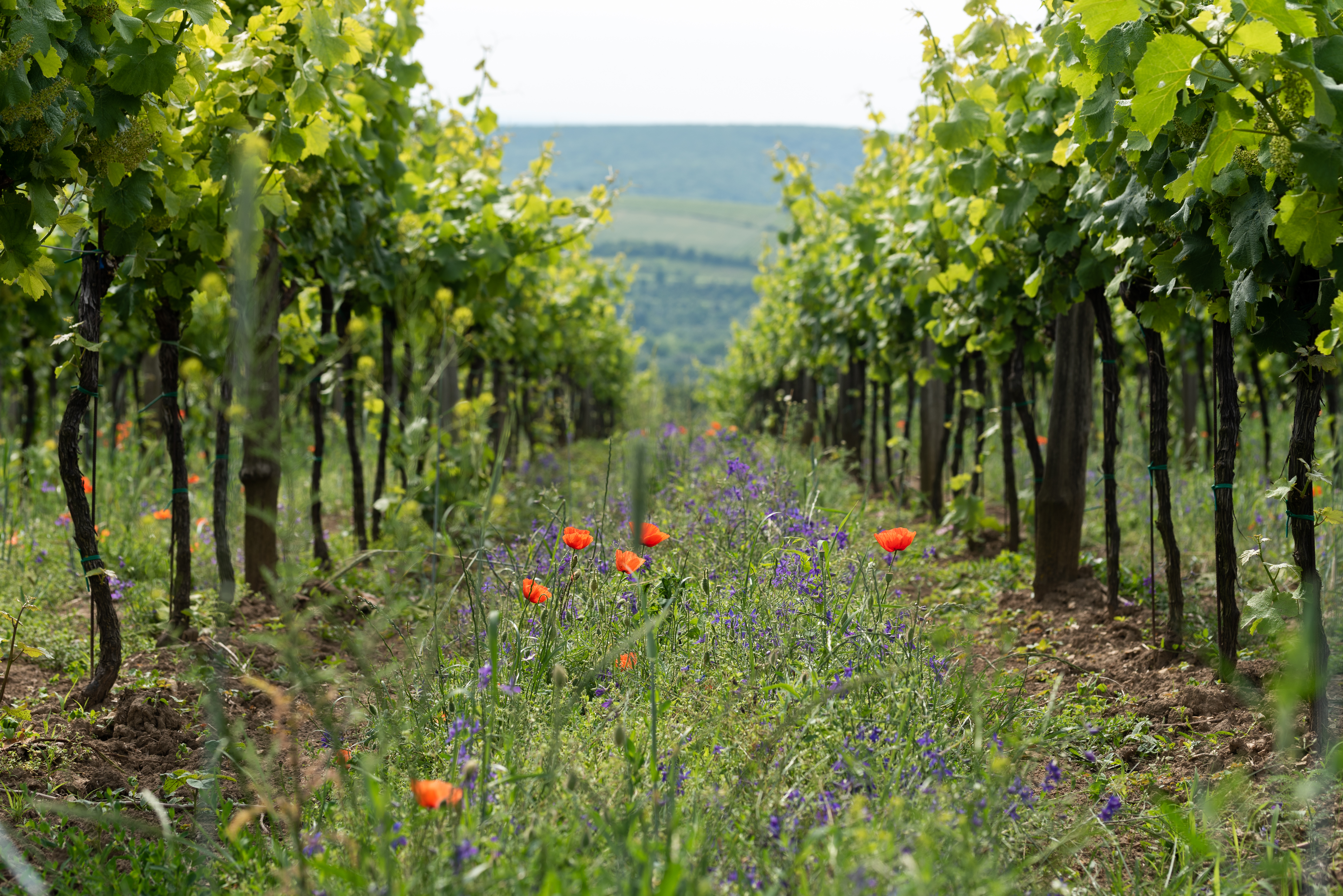 Cover crops are crops planted between rows of primary crops or on bare fields that provide physical cover over soil and can later be mixed into the soil to help enrich it. The most common vegetation used as cover crops include legumes, grasses, and forbs. Legumes in particular are proficient at sequestering nitrogen from the atmosphere and transferring it into the soil, correcting nitrogen-deficiencies and restoring soil health.
Cover crops are crops planted between rows of primary crops or on bare fields that provide physical cover over soil and can later be mixed into the soil to help enrich it. The most common vegetation used as cover crops include legumes, grasses, and forbs. Legumes in particular are proficient at sequestering nitrogen from the atmosphere and transferring it into the soil, correcting nitrogen-deficiencies and restoring soil health.
Cover crops can be employed on any land which can benefit from seasonal vegetative cover to improve or protect its natural resource content.
This makes it a viable option for both large-scale farmland and smaller urban or personal gardens.
Planting cover crops provides numerous benefits for soil: it helps to control and reduce erosion and compaction, suppresses weed growth, and boosts overall soil health and productivity by increasing its moisture and nutrient contents. Healthier soil further boosts potential crop yields, and the cover crops themselves act as habitats and attractors for beneficial insects such as pollinators.
Learn more about different options for cover crops and how to implement them on the CA Field Office Technical Guide website.
The following sections highlight some of the most applicable and effective methods for the Sacramento region and provide access to additional sources to learn more.
